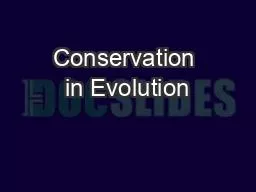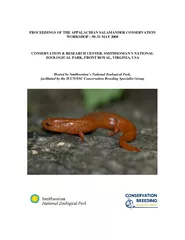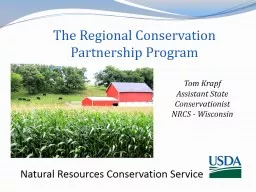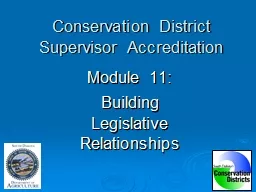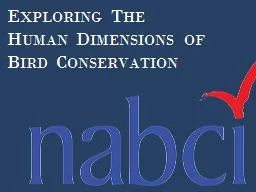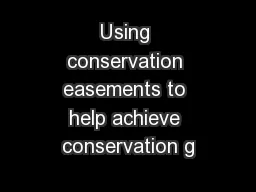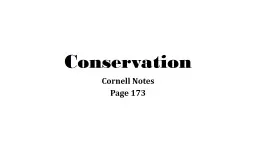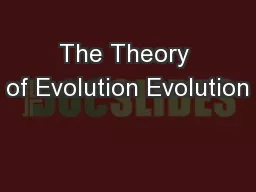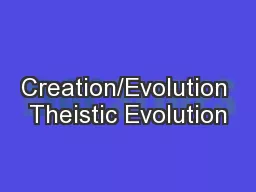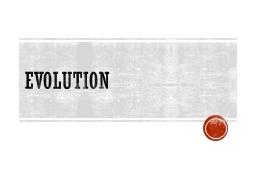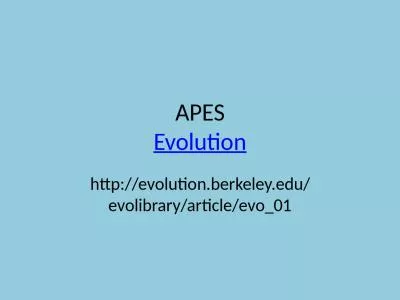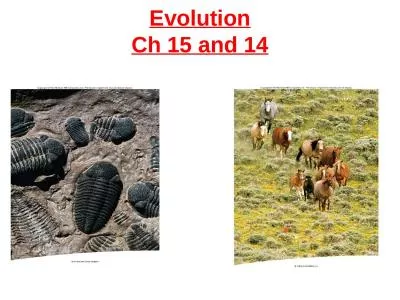PPT-Conservation in Evolution
Author : cozync | Published Date : 2020-10-22
HOX genes Vestigial structures Please answer 2 prelab questions You are the manager of a new animal food supply company You need to find out if vitamin C needs
Presentation Embed Code
Download Presentation
Download Presentation The PPT/PDF document "Conservation in Evolution" is the property of its rightful owner. Permission is granted to download and print the materials on this website for personal, non-commercial use only, and to display it on your personal computer provided you do not modify the materials and that you retain all copyright notices contained in the materials. By downloading content from our website, you accept the terms of this agreement.
Conservation in Evolution: Transcript
Download Rules Of Document
"Conservation in Evolution"The content belongs to its owner. You may download and print it for personal use, without modification, and keep all copyright notices. By downloading, you agree to these terms.
Related Documents

